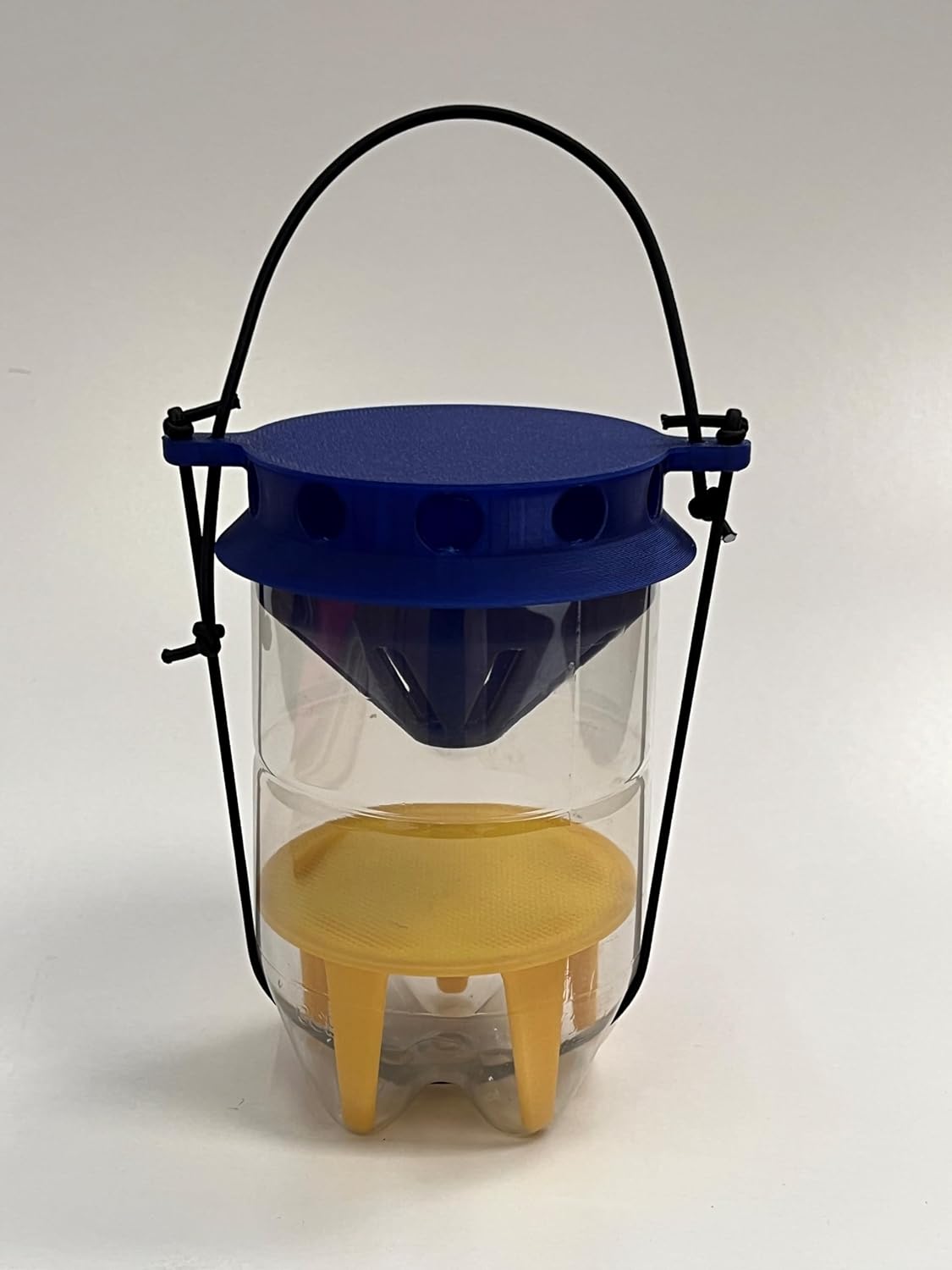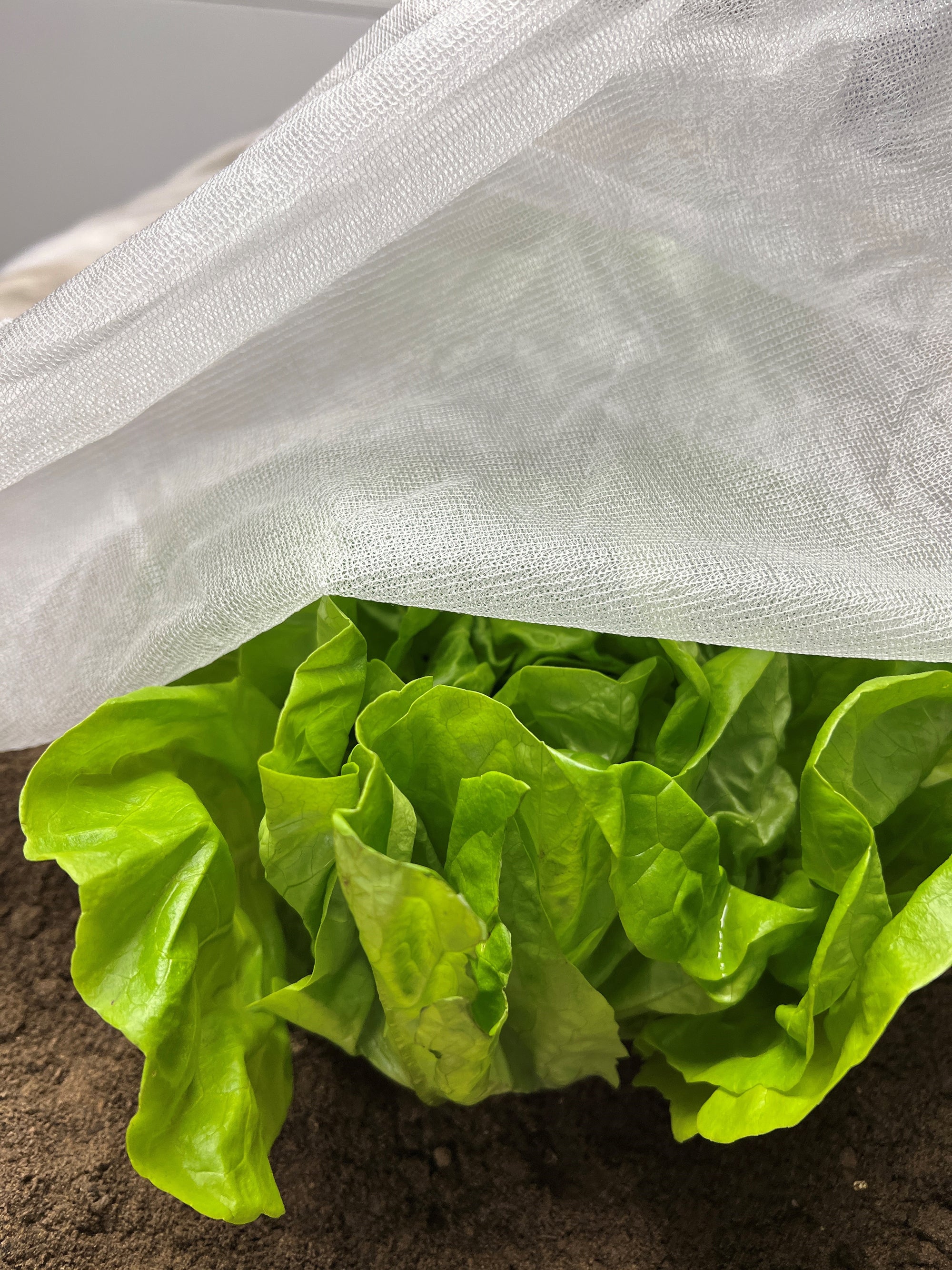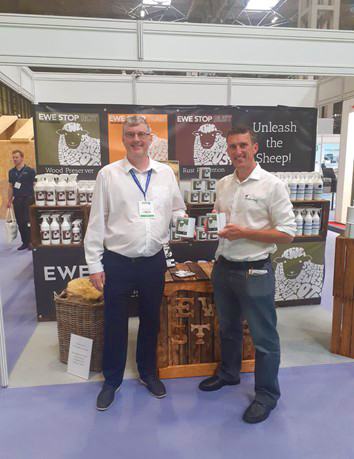You've probably heard by now about the rise of Asian hornets in the UK. But how best to stop them?
Most current wasp/hornet traps are designed to attract and kill; for example, drowning in liquid.
But what about a trap that catches Asian hornets alive? They could then be released and tracked back to their nests. So that instead of killing just one, the whole nest is destroyed.
This article is about the development of this project, in coordination with the APHA (Animal and Plant Health Authority).
Introduction of the Asian hornet:
The Asian hornet (Vespa velutina) is a non-native invasive pest insect to the UK which poses a significant risk to both honeybees and the biodiversity of British wildlife. First introduced into France in 2004 from its native east Asia, it is now spreading across Europe. First sighted in the UK in 2016, an extensive program is being managed by APHA (Animal and Plant Health Authority) to find and destroy Asian hornets and their nests when they appear in the UK.

Project aim: Develop a cost-effective Asian hornet specific trap to capture insects alive to allow handling and release.
Problem 1: How to attract Asian hornet to a trap?
Fortunately during wasp trapping, some Asian hornets were caught demonstrating that the Andermatt liquid wasp attractant works for Asian hornets.
Where the project starts:
As a manufacturer of a number of bee health products such as Thymovar and Oxuvar, the Andermatt team were keen to use both our insect trap and exotic non-native pest control experience to support the Asian hornet control program. For several years Andermatt have been supplying beekeepers with a liquid wasp attractant to help protect their bee hives from robbing wasps. This activity led to the accidental finding that the wasp attractant was also very good at attracting Asian hornet. The next step in the challenge was however how to trap an Asian hornet.

Why trap Asian hornets?
As an invasive non-native species, trapping individual Asian hornets will help prevent their spread. Whilst the English channel provides some physical protection against Asian hornet populations which are now widespread across France, it will not completely prevent their arrival in the UK. Once here, our warming climate means that they are expected to be able to survive and spread across the country. Trapping Asian hornets can be either used to kill them, or arguably at certain times of the year more helpfully allow trapped individuals to be tracked back to their nest.
Problem 2: Design a trap to live capture Asian hornets.
Whilst Asian hornets will be caught in wasp traps similarly to wasps, wasp traps work by drowning caught insects. This makes Asian hornets both difficult to identify and also prevents their release. Step in Jeremy, a beekeeper in Sussex and member of the Chichester BeeKeepers Association,with a skill for engineering and design.
Why live trap Asian hornets?
The next big challenge of the project was catching the Asian hornets and keeping them alive. Creating a lethal insect trap (a trap which kills an insect caught in it) is relatively easy once you have a working attractant, as the Andermatt liquid wasp attractant was shown to be. A bigger challenge is trapping the insect, but keeping it alive and in healthy enough condition for it to be fit for release. It is this live capture which has the greatest benefit to the APHA and National Bee Unit Asian hornet monitoring program. Whilst killing Asian hornets is positive, tracing a nest and destroying the entire colony is the objective of the APHA project.
Jeremy started developing his ideas for a low-cost Asian hornet trap during the summer of 2022. The project was trying to design a selective trap entrance with a universal use which could be added to any container to create a trap. Using Jeremys engineering and design experience, he created a ferrule, prototypes of which were able to be printed on his 3D printer. The use of a 3D printer gave quick results allowing creation of individual ferrules. These ferrules could then be evaluated and any modifications needed quickly made utilising the design software and again printed individually for testing. These fast design, create, evaluate cycles meant that a ferrule design for trapping wasps was completed in 2022. These yellow ferrules could convert any lidded container into a wasp trap and are now available to buy here.

Whilst the yellow ferrules were excellent at allowing wasps into, but not out of, a container, they were not suitable for trapping Asian hornets. The yellow ferrule had been specifically designed with an entrance to prevent larger insects into the trap to reduce non-target catches when trapping wasps. Jeremy however had the principle of a design and proof that it could work if he adapted it for the larger Asian hornet. For the orange Asian hornet ferrule, the entrance was increased from 5mm to 8mm to allow the larger Asian hornet to enter. This then needed testing, but this was a challenge in the UK where Asian hornets have sporadic distribution. An area for testing was needed with guaranteed Asian hornet populations.
This would allow Jeremy to be confident that Asian hornets would encounter the trap, and that if no Asian hornets were caught it was because the trap design needed modification, not because there were no Asian hornets in the area. Now enter Phillippe into the story, a former colleague to Jeremy living in France. Phillippe living near to Toulouse in South-East France was surrounded by Asian hornets, and had many working years of experience on projects with Jeremy. Samples of the orange Asian hornet ferrules were sent out to France and Phillippe setup the tests to see if they caught hornets. It did not take long before the feedback came from Phillippe that they do indeed catch Asian hornets, lots!
The design optimising was not complete though and Jeremy wanted to make the Asian hornet traps even better. For the orange ferrules the larger entrance to accommodate the Asian hornet also allowed wasps into the trap. To make it easier for the wasps to escape the groves along the side of the ferrule were increased in size to 5mm matching the entrance of the previously designed yellow wasp ferrules. This now meant that wasps could get both into and out of the Asian hornet ferrule, whereas the Asian hornets could only get in. An Asian hornet selective trap entrance was therefore complete. Packs of orange Asian hornet ferrules can be purchased here.

Phillippe and Jeremy continued working together through 2022 and early 2023 trying to design a complete trap which could be flexible and allow setup as either a live trap or a lethal trap. Building on the ferrule concept, the blue/yellow Asian hornet trap used similar entrance shapes to the ferrules to allow wasps in and out, but Asian hornets only into the trap. Connected to the bottom of a fizzy drink bottle the trap can be easily hung in an area where Asian hornet catching is to be carried out. The 3D printer was again put to use to create both the blue lid and the yellow platform.

The yellow platform makes the trap non-lethal by preventing the trapped Asian hornets from drowning in the liquid wasp attractant. The insects can then be examined through the clear sides of the trap, and easily identified.

In the summer of 2023, after extensive testing in France, Jeremy approached Andermatt with his Asian hornet trap ideas. With a team containing more former colleagues of both Jeremy and Phillippe, Andermatt were familiar with working on projects with them both. Using our links within the beekeeping industry from selling their Varroa mite control products Thymovar and Oxuvar. Andermatt were keen to support this product development. Through Alan Baxter, the Asian Hornet Coordinator at Hampshire BBKA (British BeeKeepers Association), a conversation which started at the BBKA Spring Convention led to Nigel Semmence. Nigel is the Contingency Planning and Science Officer at the National Bee Unit (NBU) part of Animal and Plant Health Agency (APHA), and he was keen to evaluate Jeremys Asian hornet traps. Both the selectively trapping hornets and keeping them alive in good condition for release to help nest location are two traits which would be of great assistance to the NBU. Jeremys blue/yellow traps along with Andermatt liquid wasp attractant were sent for by-catch and Asian hornet catching in September 2023. Both studies confirmed Jeremy and Phillippes earlier finding that the blue/yellow traps do indeed catch Asian hornet and allow any trapped wasps to escape. Following this, production of the blue/yellow trap was scaled up, and it is now available to buy here.
The story however does not end there. Through 2023 the APHA Asian hornet monitoring program has been taking DNA samples from all trapped Asian hornets, to help understand their dispersal behaviour and also link trapped individuals to destroyed nests. This requires handling the trapped Asian hornet to collect the DNA sample before releasing it, a potentially dangerous job when dealing with a grumpy hornet which have been confined to a trap. Again Jeremys eye for design and 3D printer were put to work. A modification for the trap was designed that allowed easy access to the trapped hornets for the inspector whilst keeping them safely behind a mesh barrier.

This modified orange trap also utilised the orange ferrules as a trap entrance, and again had a platform in the base of the trap to separate hornets from liquid attractant so that they did not drown. These orange Asian hornets traps were then sent to Andermatt colleagues in France for testing in areas of known high Asian hornet populations. Samples of the orange Asian hornet traps were also sent to Nigel at the NBU to again test for non-target by-catches as well as Asian hornet catches. The results from both were overwhelmingly positive. “Both the traps and ferrules were tested in Kent by APHA with positive results showing both the ability to catch and retain Asian hornet alive whilst also minimising non-target catches” concludes Nigel Semmence from the National Bee Unit. As a result of the extensive testing, the orange Asian hornet traps have also gone into commercial production.
A trap for different uses in the battle against Asian hornets.
The Asian hornet traps developed by Jeremy offer flexibility in how they are used. Whilst originally designed to be live traps to allow for hornet identification and manipulation to support nest location, by removing the platform from inside the trap they can be converted into lethal traps to kill Asian hornets which enter it. The traps use as a lethal trap is beneficial at either the end or beginning of the season when nest location is less important and trapping as many mated females as possible before or just after they overwinter is a key activity. Mated females (gynes) will over winter and start a new colony in spring, the more potential queens that can be trapped in late autumn the fewer there will be in spring to start new colonies.
If you see or catch an Asian hornet, please help the National Bee Unit program by reporting your sighting, preferably with a photograph via the app or online here.
You can follow Jeremy, his beekeeping and Asian hornet trap design project on Instagram @boshambees



